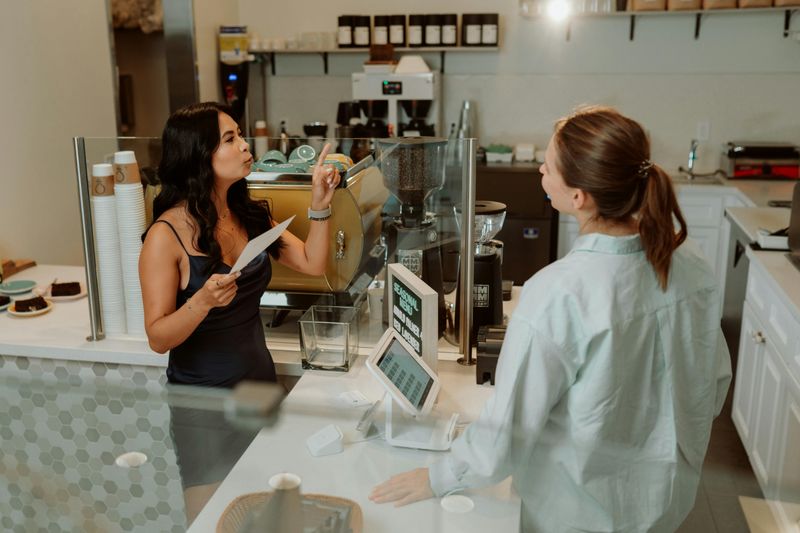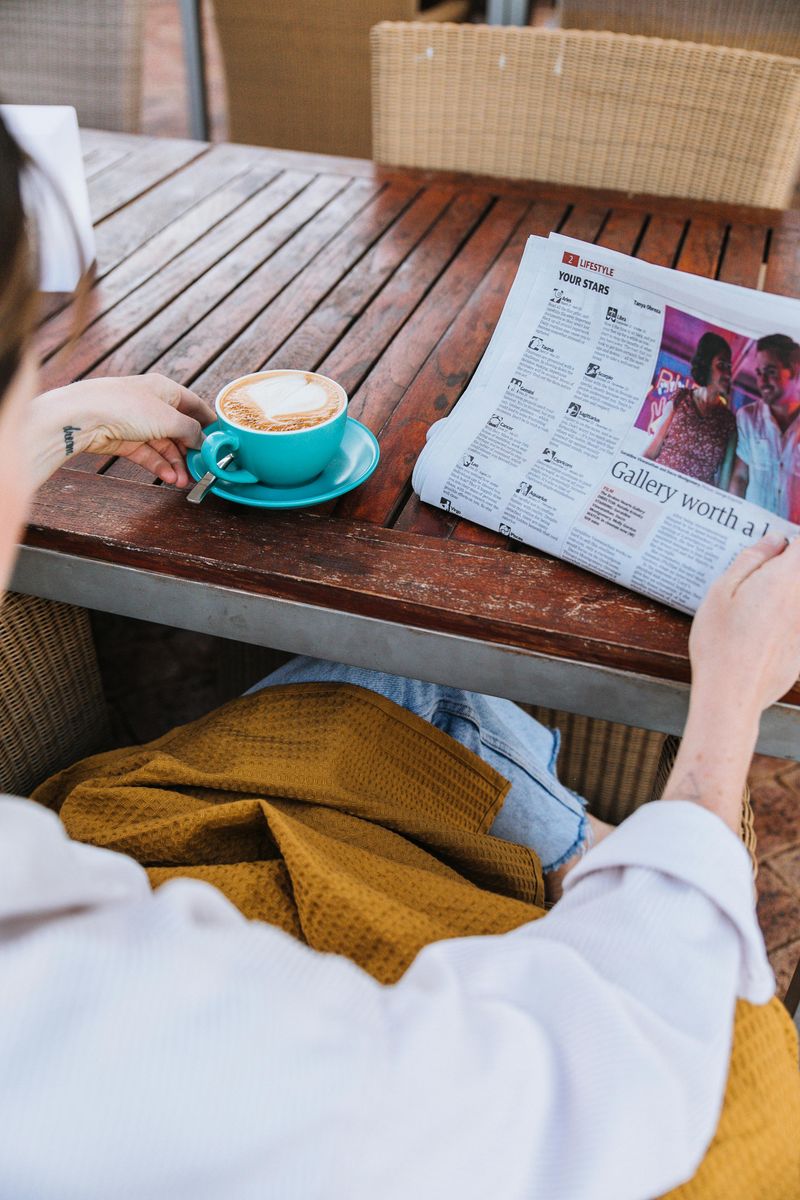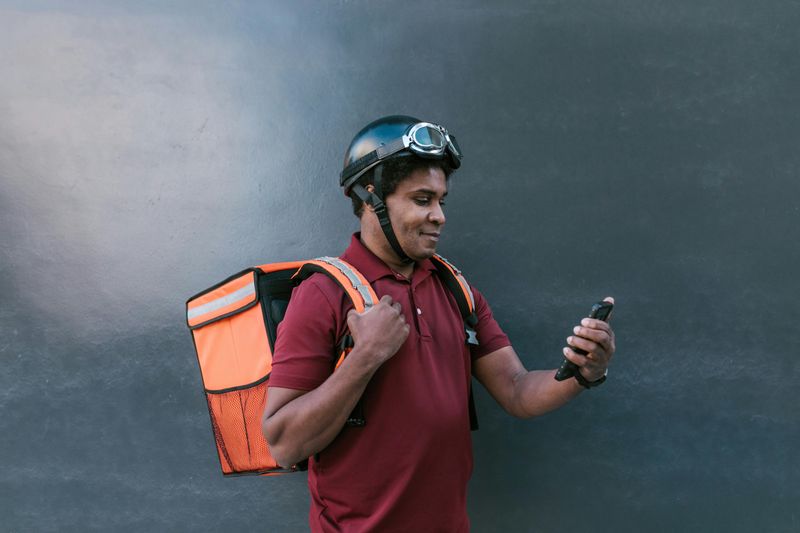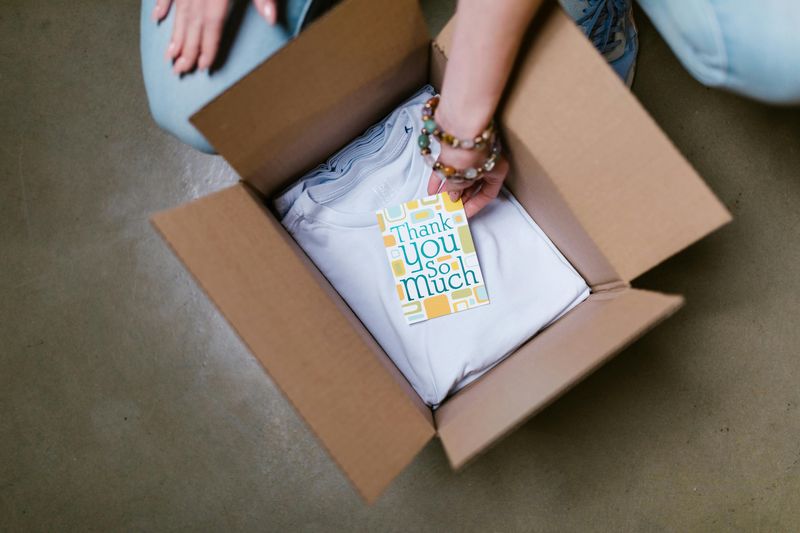10 Everyday Splurges That Quietly Destroy Your Budget

You don’t have to be a big spender to watch your money vanish—sometimes, it’s the small, daily habits doing the most damage. The truth is, our budgets rarely implode because of one major purchase; it’s those sneaky “just a few bucks” moments that quietly chip away at our financial goals.
Think about it: the $6 coffee, the streaming services you barely remember subscribing to, or that impulse buy on Amazon at 11 p.m. They seem harmless in the moment but can add up to hundreds—or even thousands—over time.
1. Daily Coffee Runs

That morning coffee from your favorite café feels like a ritual, not a luxury. It’s the small reward that kickstarts your day, but over time, it becomes a quiet money pit. Five or six dollars every weekday adds up to more than $1,000 a year—just for caffeine.
What’s worse, it’s such a routine expense that most people don’t even notice it anymore. You tap your card, grab your drink, and move on with your day, unaware that your wallet is slowly leaking cash.
Brewing coffee at home can cut that cost down to pennies per cup. Invest in a quality travel mug, a good grinder, and your favorite beans. You’ll still get that “morning pick-me-up” vibe—without the financial hangover.
2. Food Delivery and Takeout

Ordering dinner after a long day feels like a treat you deserve. But those convenience fees, delivery charges, and tips can double the cost of your meal before you even open the bag.
What’s sneaky is how normalized it’s become. Apps make ordering so easy that it barely feels like spending money—until your bank statement tells a different story. Those $30 dinners can easily turn into a $300 monthly habit.
Cooking at home doesn’t have to be a chore. Try prepping ingredients ahead of time or using a slow cooker for easy meals. You’ll save money, eat healthier, and probably enjoy the satisfaction of not paying an extra $10 just for someone to hand you your food.
3. Streaming Subscriptions You Barely Use

A few dollars here, a few there—streaming services are the modern-day wallet trap. Netflix, Hulu, Disney+, and Max each sound affordable until you realize you’re spending $60 or more a month for shows you haven’t watched in weeks.
Subscription fatigue is real. Companies count on you forgetting to cancel after a free trial or letting it auto-renew “just in case.” Before you know it, your entertainment budget rivals your utility bill.
Audit your subscriptions once a month. Keep one or two you actually use and rotate others if needed. You’ll still have plenty to watch—and more cash to spend on something you actually enjoy.
4. Ride-Sharing Apps (Uber/Lyft)

It’s easy to justify a quick Uber when you’re tired, running late, or don’t want to deal with parking. But those $10 to $20 rides add up fast, especially if they become your default mode of transportation.
The illusion of convenience makes ride-sharing one of the easiest splurges to overlook. Each trip feels harmless, but a couple of rides a week could quietly total over $300 a month.
Try mixing in cheaper options—public transportation, walking, or even carpooling. Use rideshares strategically instead of habitually. A little effort in planning can save you big over time.
5. Impulse Buys at the Grocery Store

You go in for milk and bread, and somehow walk out with a cart full of snacks and fancy cheeses. We’ve all been there. Grocery stores are expertly designed to make you spend more, with strategic layouts and tempting displays.
Those small, impulsive purchases can easily add $30 or more to each trip. Multiply that by a few visits a month, and your grocery budget suddenly looks more like a shopping spree.
Make a list and stick to it. Eat before you shop (seriously—it works), and try using online grocery pickup to avoid temptation altogether. The less time you spend wandering aisles, the more money you’ll keep.
6. Frequent Online Shopping

Late-night scrolling can be dangerous for your wallet. That “add to cart” button feels so satisfying—and the dopamine hit you get from waiting on a package almost feels like self-care.
But most of those purchases are driven by emotion, not need. Before long, your house fills with random gadgets, clothes, or décor you barely use. The sneaky part? Each order feels small, but the totals aren’t.
Try a 24-hour rule: when you find something you want, wait a full day before buying. Chances are, you’ll realize you didn’t really need it. Your future self (and bank account) will thank you.
7. Convenience Store Stops

Grabbing a snack or drink while you’re out seems harmless, but convenience stores thrive on markups. That $3 bottle of water or $5 bag of chips could cost half that at a grocery store.
It’s not about the single purchase—it’s the pattern. Stop by a few times a week, and those tiny overcharges balloon into a real expense. You’re paying for convenience, but not getting much value in return.
Keep a reusable water bottle and a few snacks in your car or bag. Planning ahead might feel small, but those tiny savings build up into something meaningful over time.
8. Subscription Boxes

There’s something undeniably fun about getting a box of surprises in the mail. Whether it’s beauty samples, snacks, or clothes, it feels like a little gift to yourself. But at $20–$50 a month, those “treats” can quickly snowball into an expensive indulgence.
The biggest trap? You often don’t even need what’s inside. Half of it sits unused, and you’re essentially paying for clutter. Companies count on the “fear of missing out” to keep you subscribed.
Canceling or pausing subscriptions doesn’t mean you can’t enjoy small luxuries. Treat yourself intentionally—buy one item you truly want instead of a box full of things you’ll forget about in a week.
9. Alcohol and Bar Tabs

A drink or two after work feels like a harmless way to unwind. But add in tips and rounds for friends, and your tab can easily hit $50 or more. Multiply that by a few nights out, and you’re staring at a monthly rent payment in cocktail form.
Bars also play on social pressure—when everyone else orders another round, it’s hard to say no. Before you know it, you’re spending more on drinks than groceries.
Limit nights out to special occasions or invite friends over instead. A $15 bottle of wine at home goes a lot further than a $15 glass at a bar—and the company’s usually better, too.
10. Name-Brand Grocery and Household Items

It’s easy to assume name brands are better, but in most cases, you’re just paying for packaging and marketing. Store brands often come from the same manufacturers at a fraction of the price.
Over a year, switching to generics could save hundreds—without sacrificing quality. The difference in taste or performance is usually negligible, but the savings definitely aren’t.
Next time you shop, compare unit prices. You might be surprised how much you can save by going generic. Small swaps add up—and they won’t make your pantry any less impressive.

Comments
Loading…